Home>Interior Design>Small Dining Room Ideas: 22 Ways To Boost A Compact Diner


Interior Design
Small Dining Room Ideas: 22 Ways To Boost A Compact Diner
Modified: October 19, 2024
Looking for small dining room ideas? Discover 22 ways to enhance your compact diner with our expert interior design tips.
(Many of the links in this article redirect to a specific reviewed product. Your purchase of these products through affiliate links helps to generate commission for Storables.com, at no extra cost. Learn more)
Introduction
Welcome to the world of small dining rooms, where every inch counts and creativity thrives. Whether you live in a compact apartment or simply have limited space for your dining area, there are numerous ways to make the most of what you have. In this article, we will explore 22 innovative ideas to boost the functionality and style of your small dining room.
A small dining room can still be a hub of social activity and a space that embodies your personal style. By implementing smart design strategies, you can create a cozy and inviting atmosphere that maximizes every square foot. From clever storage solutions to strategic lighting choices, these ideas will help you transform your small dining area into a functional and visually stunning space.
So, if you’re ready to embark on a journey of small dining room transformation, let’s dive into these ideas and discover how to make the most of your compact dining area.
Key Takeaways:
- Transform your small dining room into a functional and stylish space with 22 innovative ideas, from choosing the right furniture to utilizing natural light and incorporating plants.
- Maximize every inch of your compact dining area by incorporating multifunctional furniture, utilizing vertical storage, and creating a cozy corner for a welcoming and inviting atmosphere.
Choose the right dining table
The dining table is often the centerpiece of a dining room, and choosing the right one is crucial, especially in a small space. Opt for a dining table that is proportionate to the size of your room. A small round or square table can work well in a compact dining room, as it offers ample seating without taking up too much space.
Consider tables with built-in storage options, such as drawers or shelves, to maximize functionality. This allows you to store extra dining essentials like tablecloths, placemats, and serving utensils conveniently close by.
If you frequently entertain guests, consider an extendable dining table. These tables can be expanded when needed and then folded back down to save space when not in use.
Additionally, choose a table with legs that are set at the corners rather than in the middle. The open space underneath creates a sense of openness and makes the room appear larger.
When it comes to materials, opt for a table with a glass or acrylic top. These materials not only create a light and airy feel but also visually expand the space by allowing light to pass through.
To maximize the visual impact of your dining table, choose chairs or benches that can be pushed in completely when not in use. This helps to create a streamlined and clutter-free look.
Remember, the key is to strike a balance between functionality and aesthetics. Choose a dining table that complements your overall design style while also meeting your specific needs in terms of space and storage.
Utilize wall space
When dealing with a small dining room, it’s important to make the most of every available space. One way to do this is by utilizing your wall space effectively. Here are a few ideas:
- Wall-mounted shelves: Install floating shelves on the walls to display decorative items or to store dining essentials like plates, glasses, and decor. This not only adds storage space but also acts as an opportunity to showcase your personal style.
- Vertical storage: Opt for tall, narrow storage units like cabinets or bookshelves that can be placed against the walls. This enables you to store items like table linens, serving dishes, or even a mini bar, without taking up valuable floor space.
- Wall-mounted cabinets: If you have limited floor space, consider installing wall-mounted cabinets above your dining table. This provides additional storage space for items you want to keep within reach during mealtimes, such as napkins, spices, or small kitchen gadgets.
- Hanging racks: Hang a wall-mounted rack or a pegboard to store utensils, mugs, or pots and pans. This not only frees up drawer and cabinet space but also adds a touch of visual interest to your dining area.
By utilizing your wall space effectively, you can keep your dining table and floor area clutter-free, creating a more spacious and organized atmosphere in your small dining room.
Opt for built-in seating
When space is limited, it’s essential to find creative seating solutions that maximize the use of your dining area. One option is to opt for built-in seating. Not only does built-in seating save space, but it also adds a cozy and intimate ambiance to your small dining room. Here are a few ideas:
- Window bench: If you have a window in your dining area, consider building a bench along the window wall. This not only provides comfortable seating but also utilizes unused space effectively. Add cushions and throw pillows to make it cozy and inviting.
- Banquette seating: Banquette seating refers to built-in benches that are usually placed against a wall and have a high backrest. This type of seating can be customized to fit the shape and size of your dining area. It not only provides ample seating but also offers hidden storage space underneath the seats.
- Built-in bench with storage: Another variation of built-in seating is a bench with storage compartments underneath. This is ideal for small dining rooms that lack storage space. You can use the storage compartments to store extra pillows, blankets, or even dining essentials.
- Corner seating: Utilize the corners of your dining area by installing a built-in corner bench. This allows you to maximize seating capacity while utilizing the often underutilized corner space.
By incorporating built-in seating into your small dining room, you not only save valuable floor space but also add a unique and customized touch to your dining area. It’s a practical and visually appealing solution for seating in a compact setting.
Take advantage of vertical storage
In a small dining room, where floor space is limited, it’s crucial to think vertically for storage solutions. By maximizing your vertical space, you can effectively utilize every inch of your dining area. Here are some ways to take advantage of vertical storage:
- Wall-mounted cabinets: Install wall-mounted cabinets or floating shelves that go all the way up to the ceiling. This allows you to store items that are not frequently used or display decorative pieces without taking up valuable floor space.
- Vertical storage units: Opt for tall, narrow storage units like armoires or bookshelves that can hold dishes, glassware, or other dining essentials. These units typically have multiple shelves and drawers, providing ample storage space without occupying excessive floor space.
- Over-the-door organizers: Utilize the back of your pantry or closet door by hanging an over-the-door organizer. This is a great place to store extra items like aprons, napkins, or smaller kitchen appliances.
- Stackable storage bins: Invest in stackable storage bins or containers to make the most of your vertical space. These bins can be neatly stacked on top of each other to store items like table linens, serving platters, or even bulk food items.
- Hanging pot racks: If you have limited cabinet space, free up your storage by hanging pots and pans on a wall-mounted pot rack. This not only saves storage space but also adds a decorative element to your dining area.
By utilizing vertical storage solutions, you can keep your dining room organized and clutter-free while maximizing your available space. It’s an efficient way to store essential items without compromising on style or functionality.
Add a mirror
When it comes to creating the illusion of a larger space, adding a mirror to your small dining room is a game-changer. Mirrors have the incredible ability to reflect light and visually expand a room. Here’s how you can use mirrors to enhance your small dining area:
- Strategic placement: Hang a large mirror on a wall opposite a window or near a light source. This will reflect natural light and make the room feel brighter and more spacious.
- Mirrored furniture: Incorporate mirrored furniture pieces, such as a mirrored buffet or a console table. These reflective surfaces will create the illusion of depth and add a touch of elegance to your dining area.
- Mirror panels: Consider installing mirror panels on one or more walls of your small dining room. This can make the space appear larger, as the reflections will create the impression of additional space.
- Mirrored backsplash: If you have a dining nook or a designated dining area in your kitchen, consider installing a mirrored backsplash. This not only adds a stylish touch but also reflects light and expands the visual perception of your dining space.
- Decorative mirrors: Hang decorative mirrors in various shapes and sizes to create a focal point and add character to your dining area. Choose mirrors with interesting frames or unique designs to make a statement.
By incorporating mirrors into your small dining room, you can instantly open up the space and create a more inviting and spacious atmosphere. It’s a simple yet effective trick that can make a significant difference in the overall look and feel of your dining area.
Use light colors for walls and furniture
When it comes to designing a small dining room, color plays a vital role in creating the illusion of space and brightness. Light colors have the power to visually expand a room and make it feel more open and airy. Here’s how you can use light colors for your walls and furniture:
- Wall color: Opt for light and neutral tones for your dining room walls. Shades like whites, creams, beiges, or light grays create a more expansive and soothing environment. They reflect light and make the room feel brighter, ultimately giving the impression of more space.
- Furniture color: Choose light-colored furniture pieces for your dining room. Light woods, such as pine or oak, or furniture with light upholstery can help create a sense of airiness. This applies to dining chairs, tables, cabinets, and any other furniture in the room.
- Contrast: While light colors are ideal for creating a spacious atmosphere, incorporating some contrast can add depth and interest to the room. Consider adding pops of color or texture through decorative elements like cushions, artwork, or a rug.
- Keep it cohesive: To maintain a cohesive look, ensure that the color scheme of your dining room flows seamlessly with the rest of your home. This creates a harmonious and interconnected feel throughout your living space.
By using light colors for your walls and furniture, you can visually enlarge the space and create a more open and inviting atmosphere in your small dining room. It’s an effective way to enhance the overall brightness and style of your dining area.
Incorporate multifunctional furniture
When it comes to designing a small dining room, it’s essential to make every piece of furniture count. By incorporating multifunctional furniture, you can maximize the functionality of your space without compromising on style. Here are some ideas:
- Extendable dining table: Invest in an extendable dining table that can easily be expanded or collapsed based on your needs. This allows you to accommodate more guests when necessary while saving space on a daily basis.
- Storage ottomans: Use ottomans with hidden storage compartments as seating options. These can be used to store extra pillows, linens, or even dining essentials, eliminating the need for additional storage in your small dining room.
- Console table with storage: Consider a console table with drawers or shelves that can double as a buffet or serving station when you have guests over. This provides extra storage space while offering a functional surface for entertaining.
- Foldable chairs: Opt for foldable chairs that can easily be tucked away when not in use. This helps save space and keeps your dining area looking neat and organized.
- Convertible furniture: Explore options for convertible furniture, such as a dining table that can transform into a desk or a storage cabinet that unfolds into a dining table. This innovative furniture allows you to adapt your space to different needs throughout the day.
Incorporating multifunctional furniture not only maximizes the use of your small dining room but also adds versatility and practicality to your space. By choosing furniture pieces with multiple purposes, you can streamline your dining area and create a more efficient and adaptable environment.
Install floating shelves
One of the most effective ways to maximize storage space in a small dining room is by installing floating shelves. These versatile shelves not only provide additional storage but also add a touch of style to your dining area. Here’s how you can make the most of floating shelves:
- Showcase decorative items: Use floating shelves as a display area for your favorite decorative pieces, such as stylish dinnerware, glassware, or unique artwork. This not only adds visual interest to your dining room but also frees up space in cabinets or on the dining table.
- Store frequently used items: Utilize floating shelves to store frequently used dining essentials, such as spices, condiments, or cookbooks. This keeps these items within easy reach while reducing clutter on countertops or in cabinets.
- Create a mini bar area: Install a floating shelf in a designated corner or wall of your dining room to create a stylish and compact bar area. Display your favorite spirits, wine glasses, and cocktail accessories to add a touch of elegance to your dining space.
- Add greenery: Use floating shelves as a platform for small potted plants or herb gardens. This not only adds a refreshing touch of nature but also enhances the aesthetic appeal of your dining room.
When installing floating shelves, consider the layout and design of your dining room. Place them in areas that are easily accessible and where they can make the most impact. Additionally, ensure that the shelves are securely mounted to the wall to prevent any accidents.
By incorporating floating shelves into your small dining room, you can maximize storage space while adding a trendy and functional element to your space. The possibilities are limitless when it comes to arranging and styling these shelves to suit your personal taste and storage needs.
Hang pendant lights
Lighting is a crucial element in any room design, and it holds even more significance in a small dining room. By hanging pendant lights, you can create a stunning focal point while providing functional lighting. Here’s how you can make the most of pendant lights in your small dining area:
- Choose the right size: Consider the size of your dining table when selecting pendant lights. Opt for fixtures that are proportional to the table and the room. Oversized fixtures can overwhelm a small space, while undersized ones may not provide sufficient illumination.
- Positioning: Hang the pendant lights above the dining table at an appropriate height to provide an even spread of light. They should be low enough to create a sense of intimacy but high enough to ensure that they don’t obstruct the view or impede movement.
- Multiple pendants: If you have a long dining table, consider hanging multiple pendant lights in a row. This adds visual interest and ensures that the entire table is evenly illuminated.
- Style and design: Choose pendant lights that complement the overall style of your dining room. Whether it’s a modern, industrial, or vintage-inspired design, there’s a wide selection of pendant lights available to suit every aesthetic.
- Dimmable options: Install pendant lights with dimmable capabilities to create different moods and ambiances in your small dining area. This allows you to adjust the light level based on various occasions and preferences.
Pendant lights not only provide practical lighting but also serve as a stylish design element that enhances the overall aesthetic of your dining room. They can create a focal point, add a touch of sophistication, and elevate the ambiance of your small dining area.
Create a cozy corner
While maximizing space is important in a small dining room, it’s equally crucial to create a cozy and inviting atmosphere. By carving out a cozy corner in your dining area, you can create a nook that encourages relaxation and comfort. Here’s how you can create a cozy corner in your small dining room:
- Add a comfortable seating area: Incorporate a cozy armchair or a small loveseat in a corner of your dining room. This provides a designated space for relaxation or enjoying a cup of coffee after a meal. Choose furniture that complements the overall style of your dining room and provides ultimate comfort.
- Include soft textiles: Enhance the coziness factor by adding soft textiles to your cozy corner. Incorporate plush cushions, cozy blankets, and throw pillows to make the space feel warm and inviting. Consider using different textures and patterns to add visual interest.
- Introduce warm lighting: Install a floor lamp or a table lamp in your cozy corner to create a warm and ambient glow. Soft, warm lighting helps to create a cozy and relaxed atmosphere, especially during the evenings or when entertaining guests.
- Accessorize with personal touches: Display personal items or sentimental decor pieces in your cozy corner to make it feel more personalized. This could include framed photographs, artwork, or cherished items that bring you joy.
- Add a small side table: Place a small side table next to your seating area to hold a reading lamp, a cup of tea, or a stack of books. It adds functionality to the space while also allowing you to personalize the area with decorative items.
Creating a cozy corner in your small dining room provides a designated space for relaxation, reading, or simply enjoying some quiet time. It adds warmth and personality to the room, making it feel more like a welcoming and comfortable space.
Invest in foldable furniture
When dealing with limited space in a small dining room, investing in foldable furniture is a smart and practical solution. Foldable furniture offers the flexibility to expand your dining area when needed and save valuable space when not in use. Here are some foldable furniture ideas to consider:
- Foldable dining table: Opt for a folding dining table that can be easily expanded or collapsed based on your needs. This allows you to accommodate additional guests during gatherings or create more space in your dining area when not in use.
- Folding chairs: Pair your foldable dining table with folding chairs that can be conveniently stored away when not needed. Folding chairs are compact, lightweight, and easy to store, making them ideal for small dining rooms where space is at a premium.
- Drop-leaf table: Consider a drop-leaf table, which has hinged sections that can be folded down when not in use. This type of table provides versatility and can be expanded when needed to accommodate more people or folded down to save space.
- Folding bar cart: A folding bar cart is a versatile piece of furniture that can serve as a mini bar, additional storage, or a serving station. When not in use, it can be folded and tucked away, freeing up valuable floor space in your dining area.
- Foldable buffet table: If you often host large gatherings or parties, a foldable buffet table can be a great addition. It provides a convenient surface for serving food and drinks, and once the event is over, it can be folded and stored away until needed again.
Foldable furniture is a practical and space-saving solution for small dining rooms. It allows you to adapt your dining area based on your specific needs and make the most of the available space in your home. When not in use, simply fold and store the furniture, creating a more open and functional dining area.
Consider using a round dining table to maximize space and create a more intimate dining experience in a small dining room. The lack of sharp corners can also make it easier to navigate around the table.
Install a narrow console table
In a small dining room, space efficiency is key. Installing a narrow console table can be a game-changer, offering functionality and style without taking up too much space. Here are some reasons why a narrow console table is a great addition to your small dining area:
- Adds storage: A narrow console table can provide much-needed storage in your dining room. Opt for a table with drawers or shelves where you can store dining essentials like table linens, napkins, or even small kitchen appliances.
- Creates a serving station: Set up your narrow console table as a dedicated serving station. Place platters, trays, and serving utensils on top for easy access during meals or gatherings. This not only adds functionality but also adds a touch of elegance to your dining area.
- Showcases decor: Use the narrow console table to display decorative items that add personality to your dining space. Consider incorporating vases, candle holders, or small plants to enhance the visual appeal of the room.
- Functions as a bar cart: If you enjoy hosting events or entertaining guests, a narrow console table can double as a stylish bar cart. Display your favorite bottles of wine, cocktail ingredients, and glassware on the table’s surface for easy access during parties.
- Utilizes vertical space: Even though a narrow console table doesn’t take up much floor space, it still utilizes vertical space effectively. Hang a mirror or artwork above the table to visually expand the room and create a more dynamic and layered look.
When choosing a narrow console table, make sure it complements the overall style of your dining room. Consider materials like wood, metal, or glass, depending on your preferred aesthetic. Additionally, select a table with proportions that align with the size of your dining room.
Installing a narrow console table provides a practical and visually appealing solution for storage and functionality in your small dining room. It’s a versatile piece of furniture that adds both style and convenience to your space.
Read more: How To Decorate A Small Dining Room
Incorporate transparent furniture
In a small dining room, creating an illusion of space is key. One way to achieve this is by incorporating transparent furniture. Transparent or see-through furniture helps to create a visual sense of openness and lightness. Here’s how you can incorporate transparent furniture into your small dining area:
- Clear dining chairs: Opt for dining chairs made of transparent materials like acrylic or polycarbonate. These chairs take up minimal visual space and allow light to pass through, making the room appear more spacious.
- Glass dining table: Consider a glass dining table to create a sense of transparency in your small dining room. The clear glass top provides a sleek and modern look while visually expanding the space.
- Transparent bar cart: A transparent bar cart made of glass or acrylic is not only functional but also adds a touch of elegance to your dining area. It provides storage and display space while maintaining a light and airy feel.
- Transparent storage: Look for transparent storage options such as acrylic or glass cabinets or shelves. These allow you to showcase your glassware, dinnerware, or other dining essentials while minimizing the visual weight of the furniture.
- Transparent room dividers: If your dining area shares space with another room or you want to create a partition within the dining space itself, consider using transparent dividers. This keeps the room visually connected and maintains an open and spacious feel.
The beauty of transparent furniture lies in its ability to blend seamlessly into any interior style while making a small dining room appear more spacious and airy. The transparency adds a modern and elegant touch, allowing the focus to be on the surrounding elements and enhancing the overall visual appeal of the space.
Use a round table
A round table is a highly recommended option when it comes to furnishing a small dining room. Its shape allows for better utilization of the available space and offers several advantages over rectangular or square tables. Here are some reasons why a round table is ideal for a small dining room:
- Space-efficient: A round table takes up less space than a rectangular or square table. Its compact design makes it easier to maneuver around in a small dining room, allowing for better traffic flow and a more open feel.
- Flexible seating arrangement: A round table offers a more flexible seating arrangement compared to other table shapes. It can accommodate more people around it, as there are no corners to contend with. This is particularly useful when entertaining guests or hosting gatherings.
- Intimate dining experience: The absence of sharp corners fosters a sense of intimacy and encourages conversation among diners. Everyone seated at a round table is equidistant from each other, creating a more inclusive and cozy dining experience.
- Visual appeal: A round table adds visual interest to the dining room, breaking the monotony of straight lines and sharp angles. It can serve as a focal point and enhance the overall aesthetic of the space.
- Versatile style: Round tables are available in a variety of styles, materials, and finishes, making it easy to find one that suits your personal taste and complements your existing decor. From contemporary to traditional, there’s a round table to fit any design aesthetic.
When selecting a round table for your small dining room, be mindful of the size and proportion. Choose a table that allows enough space for comfortable seating and leaves room for free movement around it. Additionally, consider a table with extendable features for additional seating when needed.
A round table not only optimizes space but also adds a touch of elegance and functionality to a small dining room. It creates a welcoming and intimate atmosphere, making it a perfect choice for both everyday meals and special gatherings.
Utilize natural light
In a small dining room, natural light can be your best friend. It not only brightens up the space but also creates an illusion of a larger and more open area. Here are some ways to make the most of natural light in your small dining room:
- Keep windows uncovered: Avoid heavy or dark-colored window treatments that block out natural light. Instead, opt for sheer curtains, blinds, or light-colored shades that allow sunlight to filter through while still providing privacy when needed.
- Strategic furniture placement: Arrange your dining table and chairs in a way that maximizes the amount of natural light that enters the room. Consider placing the dining table near a window to take advantage of the natural light and create a bright and inviting atmosphere.
- Reflective surfaces: Incorporate reflective surfaces, such as mirrors or metallic accents, to bounce natural light around the room. This helps to distribute light evenly and make the space feel more spacious and airy.
- Select light-colored furnishings: Choose light-colored furniture and upholstery that reflect and amplify the natural light in your dining room. This will enhance the brightness and create a more open and airy ambiance.
- Trim trees or plants near windows: Ensure that any trees or plants outside your dining room windows are properly pruned or trimmed. This allows more sunlight to enter the room and prevents unnecessary shading that can darken the space.
It’s important to make the most of natural light not only for the visual appeal but also for the overall well-being of the space. Natural light has an energizing and uplifting effect, creating a positive atmosphere for dining and socializing.
By incorporating these strategies, you can harness the power of natural light in your small dining room, making it feel brighter, more spacious, and welcoming to both you and your guests.
Hang curtains strategically
When it comes to dressing the windows in your small dining room, hanging curtains strategically can have a significant impact on the space. Well-chosen curtains can enhance the aesthetic appeal, control natural light, and create an illusion of a bigger and more inviting dining area. Here are some tips for hanging curtains in a small dining room:
- Choose light and sheer fabrics: Opt for light-colored and sheer curtain fabrics that allow natural light to filter through. This helps to maintain a bright and airy atmosphere while providing privacy.
- Extend curtain rods beyond the window frame: By mounting the curtain rods several inches above and outside the window frame, you can create the illusion of taller windows and a higher ceiling, making the room appear more spacious.
- Extend width of curtains: Extend the width of the curtains beyond the window frame when closed. This gives the impression of larger windows and lets in maximum natural light when the curtains are open. It also enhances the visual width of the dining area.
- Avoid heavy or bulky window treatments: In a small dining room, heavy or ornate drapes can overwhelm the space and make it feel cramped. Instead, go for sleek and streamlined curtain styles that complement the overall design scheme.
- Use floor-length curtains: Hang curtains that extend all the way to the floor. This creates a sense of verticality, making the ceilings appear higher and the room feel taller.
Strategic curtain placement and choice of fabric can significantly impact the visual appeal and perceived size of your small dining room. Curtains that are thoughtfully selected and hung can transform the space, adding elegance and functionality.
Experiment with different curtain styles and fabrics to find the perfect balance between natural light, privacy, and aesthetic appeal in your small dining room.
Opt for compact dining chairs
When working with a small dining room, it’s essential to choose the right dining chairs that not only fit within the space but also provide comfort and style. Opting for compact dining chairs can make a significant difference in maximizing the available space and creating a functional and visually appealing dining area. Here’s how to choose the right compact dining chairs:
- Scaled-down size: Look for dining chairs that have a smaller footprint and a more streamlined design. Avoid chairs with bulky arms or intricate details that can take up unnecessary space.
- Slender profile: Opt for chairs with slim profiles that do not visually overpower the dining area. This helps to create a more open and spacious feel in the room.
- Stackable or folding chairs: Consider stackable or folding dining chairs that can be easily stored away when not in use. This is especially useful when you need to free up space for other activities or when hosting larger gatherings.
- Armless chairs: Armless dining chairs are a great choice for small dining rooms as they can be pushed closer to the table, maximizing seating capacity. They also create a more open and streamlined look.
- Transparent or open-back chairs: Transparent or chairs with open-back designs are ideal for small dining rooms. They create a sense of lightness and openness, allowing the eye to move through the space without obstruction.
Remember, comfort is also important when choosing compact dining chairs. Look for chairs with supportive cushions and ergonomic designs to ensure a pleasant dining experience.
By selecting compact dining chairs that are proportionate to your dining table and space, you can maximize the functionality and visual appeal of your small dining room while ensuring ample seating for you and your guests.
Add a statement rug
In a small dining room, adding a statement rug can bring warmth, style, and visual interest to the space. Rugs provide a foundation for the dining area, define the space, and can even create the illusion of a larger room. Here’s how to incorporate a statement rug in your small dining room:
- Choose the right size: It’s important to select a rug that is proportionate to the size of your dining area. Ensure that the rug is large enough to accommodate the dining table and chairs, allowing ample room for people to comfortably pull out chairs without catching on the edge of the rug.
- Add a pop of color or pattern: A statement rug can inject personality and visual interest into your dining room. Consider rugs with vibrant colors, bold patterns, or intricate designs to make a stylish statement and liven up the space.
- Layering rugs: If you have limited floor space or want to add extra texture and dimension, consider layering a smaller accent rug on top of a larger neutral rug. This adds visual interest while still maintaining the functionality of the dining area.
- Consider durability and ease of maintenance: Given the dining room’s high-traffic nature, choose a rug that is durable and easy to clean. Opt for materials like wool, polypropylene, or blends that can withstand frequent use and spills.
- Ensure rug safety: When placing a rug in your dining room, make sure it is properly secured to prevent slipping or tripping hazards. You can use a rug pad or consider anchoring the corners with furniture to keep the rug in place.
A statement rug not only adds visual appeal but also helps to define the dining area within your overall space. It can tie together the elements of your dining room, create a cozy ambiance, and enhance the decor of the room.
By carefully selecting and placing a statement rug in your small dining room, you can transform the space into a stylish and inviting area that reflects your personal taste and adds a touch of warmth and character.
Install a bar counter
Incorporating a bar counter into your small dining room can add functionality, style, and a social focal point to the space. It provides a designated area for serving drinks, preparing cocktails, and engaging in casual conversations. Here’s how to install a bar counter in your small dining room:
- Utilize wall space: If floor space is limited, consider installing a wall-mounted bar counter. This allows you to make the most of vertical space and keeps the area below the counter free for storage or seating.
- Choose the right size and shape: Select a bar counter that is proportionate to your dining room and fits comfortably within the available space. Opt for a narrow or L-shaped counter if you have limited room, as it can provide ample surface area while minimizing the footprint.
- Add storage options: Look for a bar counter that includes built-in shelves or cabinets. This enables you to store liquor bottles, glassware, and other bar accessories conveniently within reach while keeping the dining area organized and clutter-free.
- Consider seating: If space permits, incorporate bar stools or high chairs around the bar counter. This provides additional seating options for casual dining or enjoying drinks, creating a social and laid-back vibe in your small dining room.
- Lighting and decor: Install appropriate lighting fixtures above the bar counter to create a well-lit and inviting space. Add decorative elements like a mirror, artwork, or shelving to enhance the aesthetic appeal and personalize the bar area.
Having a bar counter adds a touch of sophistication and creates a dedicated space for entertaining guests or enjoying drinks in your small dining room. It serves as a focal point and enhances the overall ambiance, making the room feel more dynamic and versatile.
With careful planning and smart utilization of the available space, you can install a bar counter that seamlessly integrates into your small dining room, elevating both its functionality and style.
Create a gallery wall
A gallery wall is a fantastic way to showcase your creativity, personality, and add visual interest to your small dining room. It allows you to display a collection of artwork, photographs, or decorative items that reflect your style and make a statement. Here’s how you can create a gallery wall in your dining area:
- Choose a focal point: Select a prominent wall in your dining room as the focal point for your gallery wall. This could be the wall opposite the dining table or any other area that catches the eye when entering the room.
- Collect artwork or photographs: Gather a collection of artwork, photographs, or even wall decor pieces that you’d like to display. Consider a mix of different sizes, shapes, and styles to create visual diversity and intrigue.
- Plan the layout: Lay out the pieces on the floor or use a digital design tool to experiment with different arrangements before hanging them on the wall. Play with different compositions, such as symmetrical grids or eclectic clusters, to find a layout that suits your aesthetic.
- Consider frames and spacing: Choose frames that complement your artwork and dining room decor. Opt for frames in the same color family to create cohesion or mix and match for an eclectic look. Ensure consistent spacing between each piece for a balanced and visually pleasing arrangement.
- Use wall anchors and adhesive strips: For lightweight pieces, adhesive strips can be a reliable solution for securing them to the wall without damaging the surface. For larger or heavier pieces, use wall anchors or screws for added stability.
- Add lighting: Install focused lighting such as picture lights or spotlights to highlight specific artwork or add general ambient lighting to the entire gallery wall area. This helps draw attention to the displayed pieces and creates an inviting atmosphere.
A gallery wall in your small dining room not only showcases your personal taste but also adds personality and charm to the space. It creates a conversation starter and adds a curated touch to your dining area, making it feel more intimate and inviting.
With careful planning, creativity, and attention to detail, you can create a stunning gallery wall that transforms your small dining room into a unique and visually captivating space.
Use decorative mirrors to enhance space
Decorative mirrors are a powerful tool when it comes to enhancing the sense of space in a small dining room. They have the ability to reflect light and create an illusion of depth, making the room feel larger and more open. Here’s how you can use decorative mirrors to enhance your dining area:
- Strategic placement: Hang mirrors on walls that face windows or opposite light sources. This allows the mirrors to reflect natural light and bounce it around the room, making it feel brighter, airier, and more spacious.
- Accentuate focal points: Use mirrors to highlight specific areas or focal points in your dining room. For example, placing a mirror above a buffet table or a sideboard draws attention to that area and creates a visually appealing display.
- Reflect scenic views: If your dining room has a window with a beautiful view, position a mirror across from it to reflect the landscape or scenery. This not only brings the outside in but also adds depth and expands the visual perception of the room.
- Create a mirror gallery: Instead of one large mirror, consider grouping a collection of mirrors in different shapes and sizes on a wall. This creates a stylish and eye-catching feature while amplifying the reflection and adding an artistic touch to your dining area.
- Choose decorative frames: Select mirrors with decorative frames that contribute to the overall aesthetic of your dining room. Whether it’s ornate and traditional or sleek and modern, the frame can enhance the style and visual impact of the mirrors.
By strategically incorporating decorative mirrors in your small dining room, you can transform the space, making it feel larger, brighter, and more visually appealing. Their reflective properties create a sense of depth and openness, enhancing the overall ambiance and atmosphere of the room.
Experiment with different mirror sizes, shapes, and placements to find the right combination that suits your dining room layout and design. With careful consideration, decorative mirrors can be a stunning addition that elevates the style and enhances the perception of space in your small dining area.
Incorporate plants
Bring life, freshness, and a touch of nature into your small dining room by incorporating plants. Indoor plants not only add beauty and visual interest but also have numerous benefits, including improving air quality and creating a sense of tranquility. Here’s how you can incorporate plants into your dining area:
- Select appropriately sized plants: Choose plants that are proportionate to the size of your dining room. Opt for compact or smaller varieties that won’t overwhelm the space.
- Create a focal point: Position a larger plant or a group of plants in a prominent corner or as a centerpiece on the dining table. This creates a focal point and adds a statement piece to the room.
- Hang plants: Utilize vertical space by hanging plants from the ceiling or placing them on wall-mounted planters. This not only frees up valuable floor space but also adds a dynamic and lush element to your dining area.
- Use window sills: Make the most of natural light by placing plants on window sills. This helps to create a beautiful display and allows the plants to thrive in the sunlight.
- Choose low-maintenance plants: Opt for plants that are easy to care for and don’t require too much attention. Some suitable options include succulents, air plants, or snake plants, which can thrive in various lighting conditions.
- Group plants together: Create a cohesive and visually appealing display by grouping plants of different sizes and shapes together. This adds depth and texture to your dining area while creating a mini indoor garden effect.
- Consider fragrant plants: Incorporate plants with pleasant scents, such as lavender or jasmine, to infuse your dining area with a relaxing and refreshing aroma.
Plants not only add a decorative touch to your small dining room but also contribute to a healthier and more inviting environment. They bring nature indoors and create a sense of harmony between the natural world and your dining space.
Remember to choose plants that align with the lighting conditions and care requirements of your dining room. With proper placement and care, indoor plants can thrive and enhance the overall ambiance and beauty of your small dining area.
Conclusion
Designing and optimizing a small dining room requires creativity and strategic thinking. By incorporating the right elements, you can create a functional and visually appealing space that maximizes every inch. From choosing the right furniture to utilizing vertical storage and incorporating design elements, every decision counts. Here’s a recap of the 22 ideas to boost a compact dining area:
- Choose the right dining table
- Utilize wall space
- Opt for built-in seating
- Take advantage of vertical storage
- Add a mirror
- Use light colors for walls and furniture
- Incorporate multifunctional furniture
- Install floating shelves
- Hang pendant lights
- Create a cozy corner
- Invest in foldable furniture
- Install a narrow console table
- Incorporate transparent furniture
- Use a round table
- Utilize natural light
- Hang curtains strategically
- Opt for compact dining chairs
- Add a statement rug
- Install a bar counter
- Create a gallery wall
- Use decorative mirrors to enhance space
- Incorporate plants
With these ideas, you can transform your small dining area into a functional, stylish, and inviting space. Remember to consider the size and proportions of furniture, utilize vertical storage, and take advantage of natural light. Add personal touches, such as artwork, mirrors, and plants, to make the space feel unique and reflect your personality.
Whether you’re enjoying a cozy meal with your loved ones or hosting a gathering of friends, your small dining room can become a hub of warmth and hospitality. Embrace the challenges and opportunities of working with limited space, and let your creativity shine through in designing a dining area that delights both you and your guests.
Frequently Asked Questions about Small Dining Room Ideas: 22 Ways To Boost A Compact Diner
Was this page helpful?
At Storables.com, we guarantee accurate and reliable information. Our content, validated by Expert Board Contributors, is crafted following stringent Editorial Policies. We're committed to providing you with well-researched, expert-backed insights for all your informational needs.
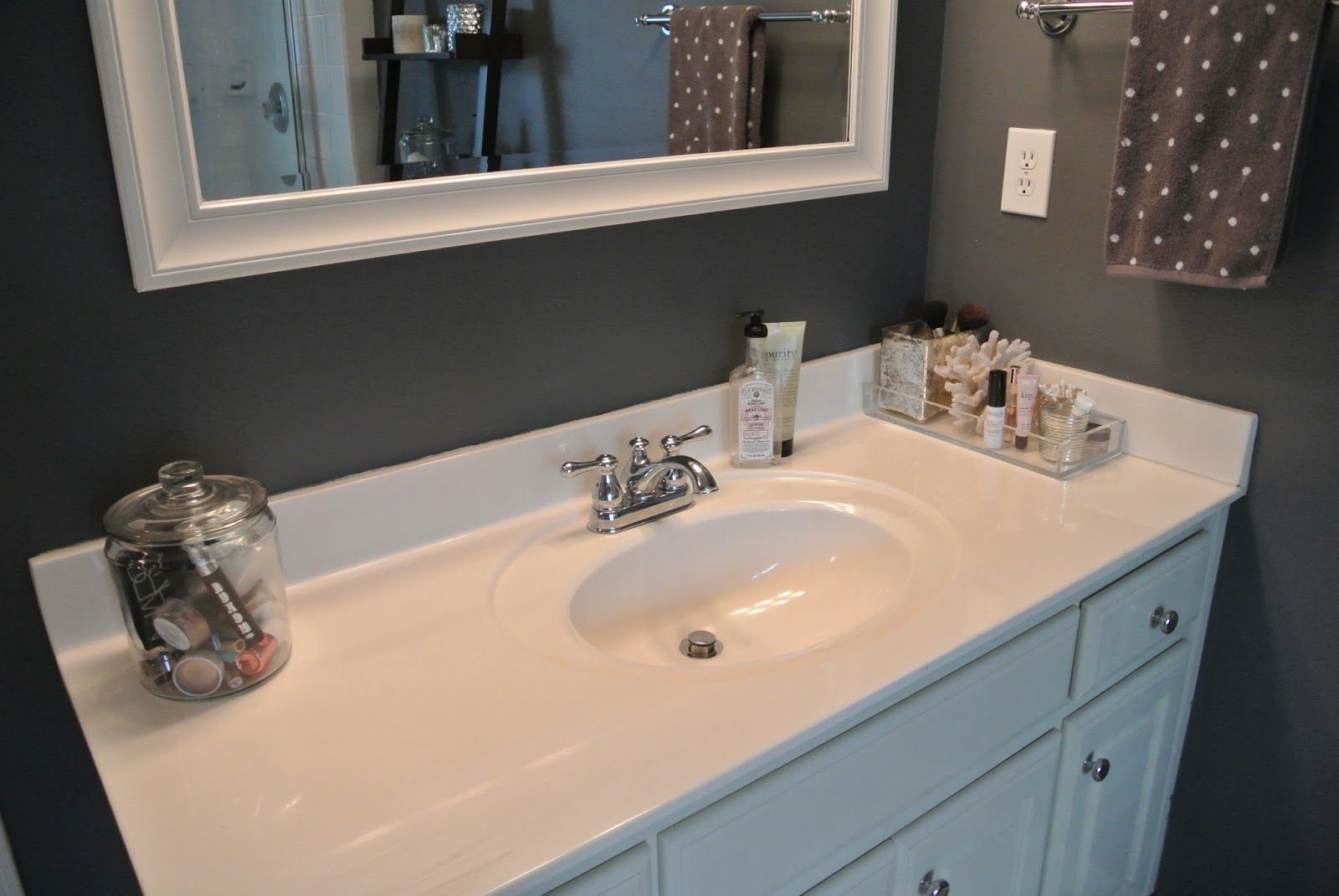
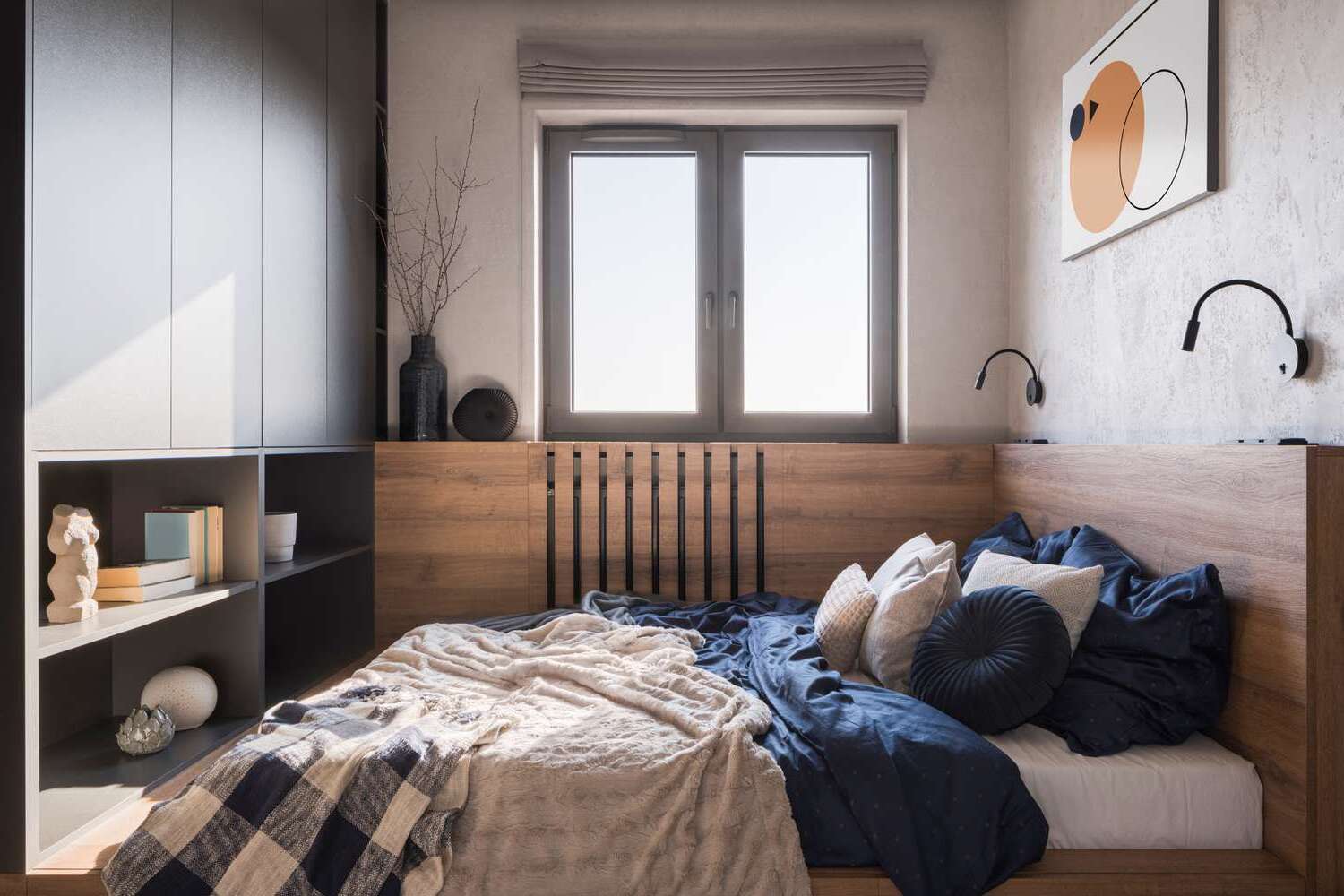
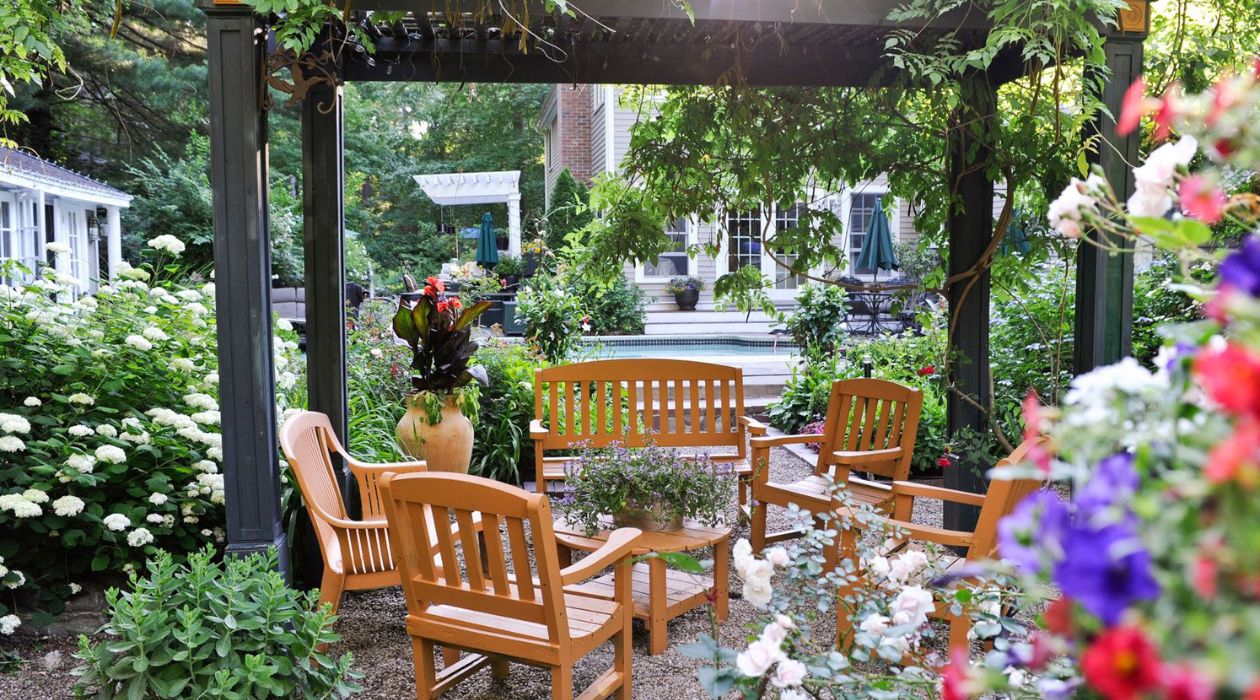
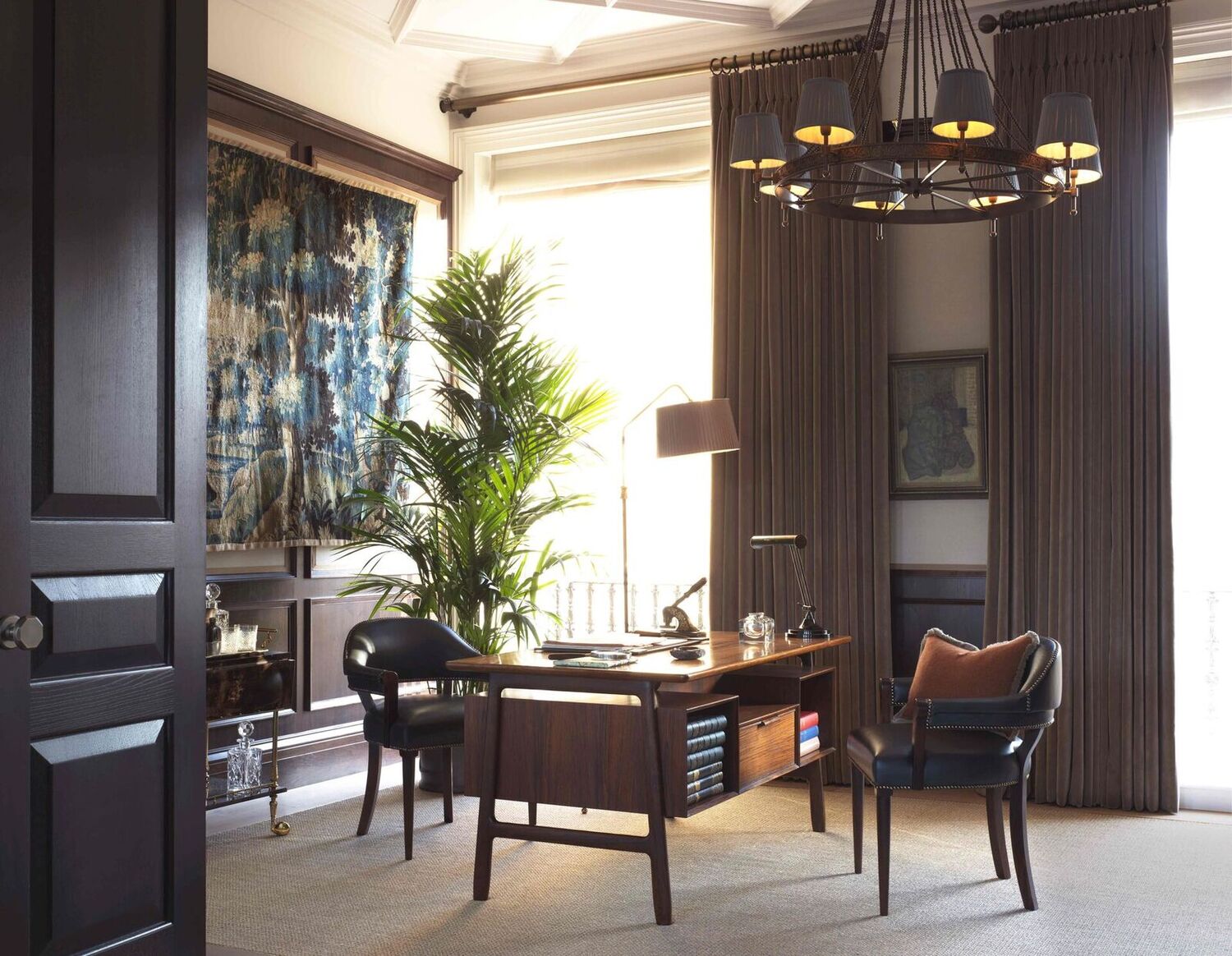
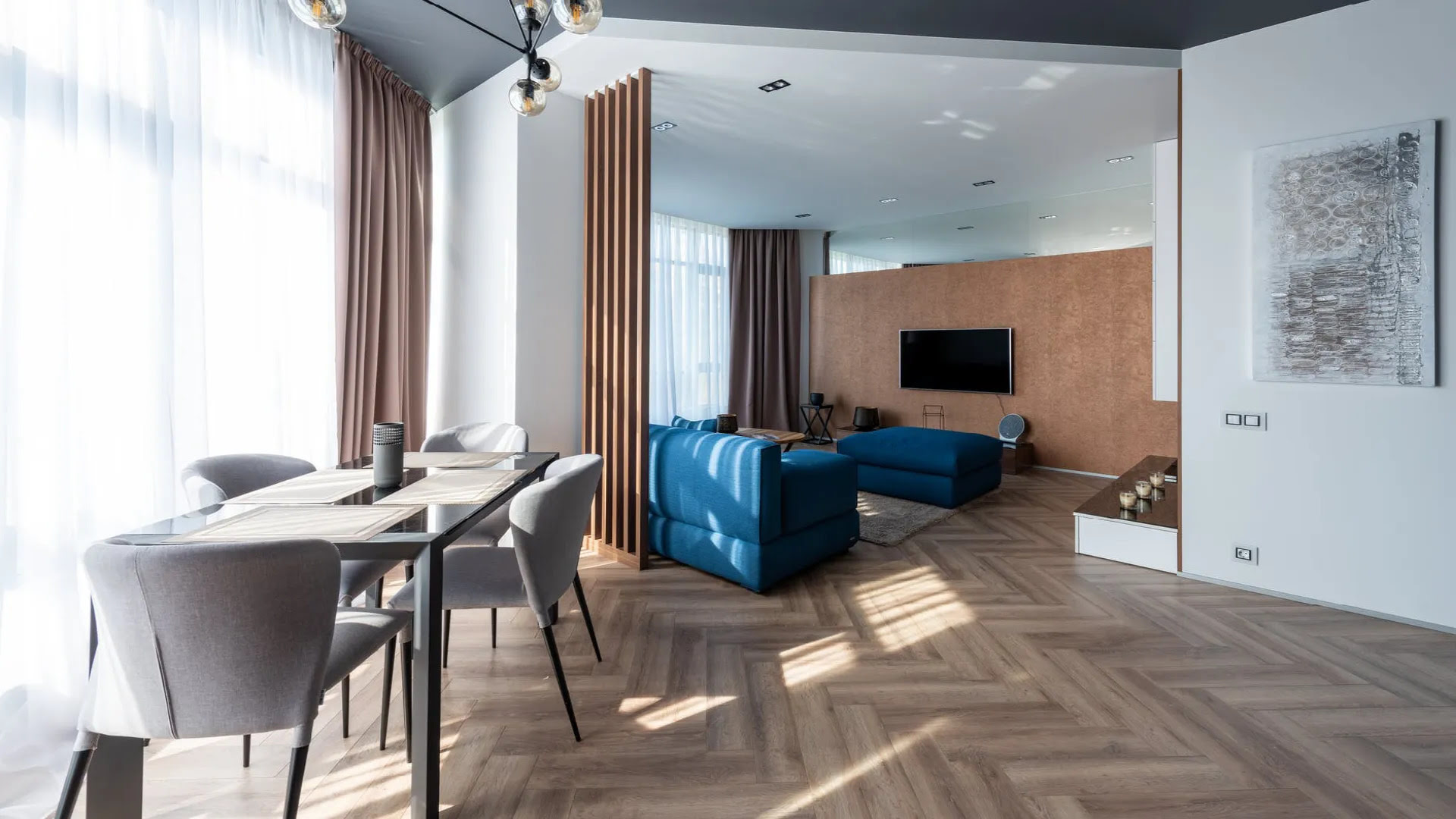
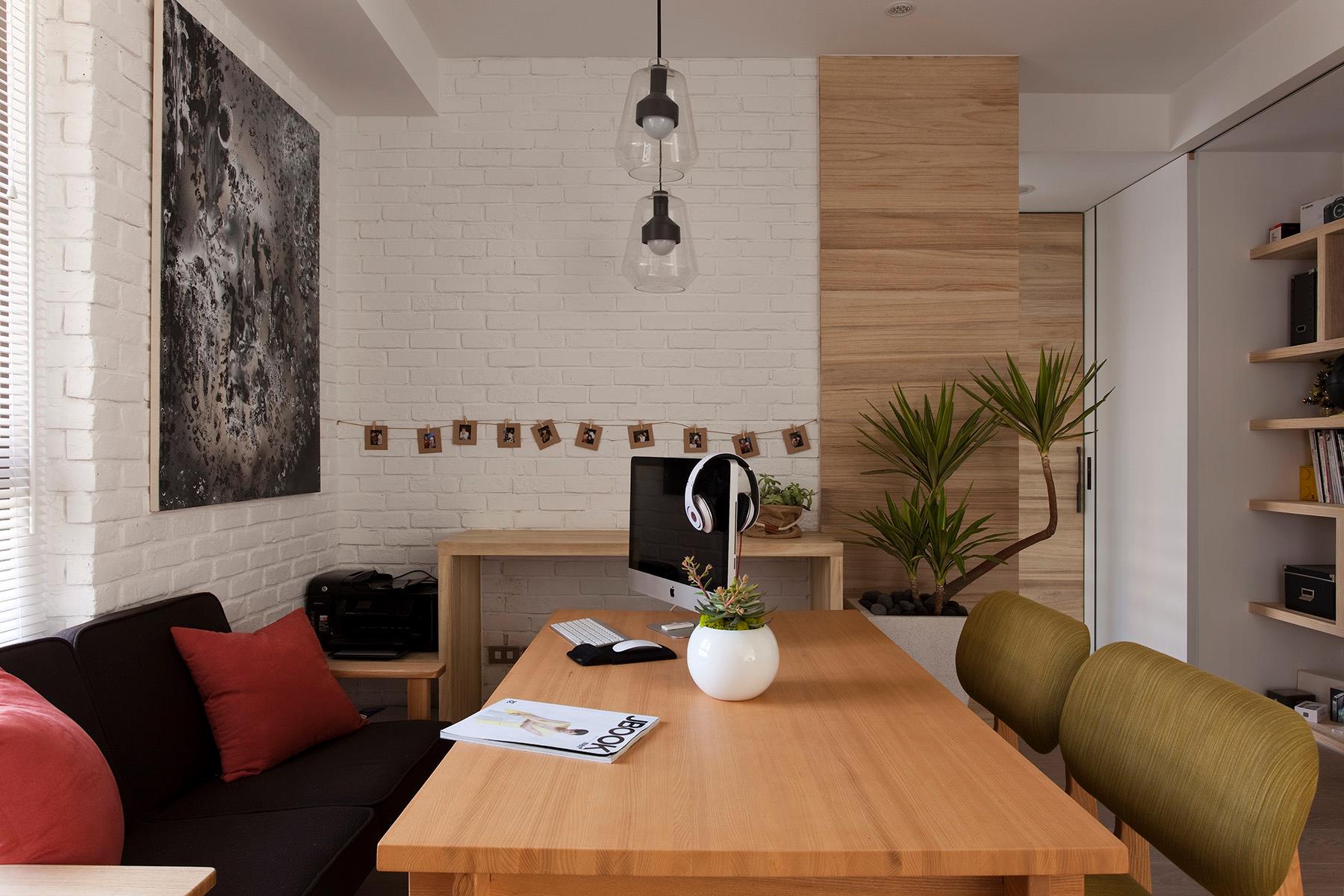

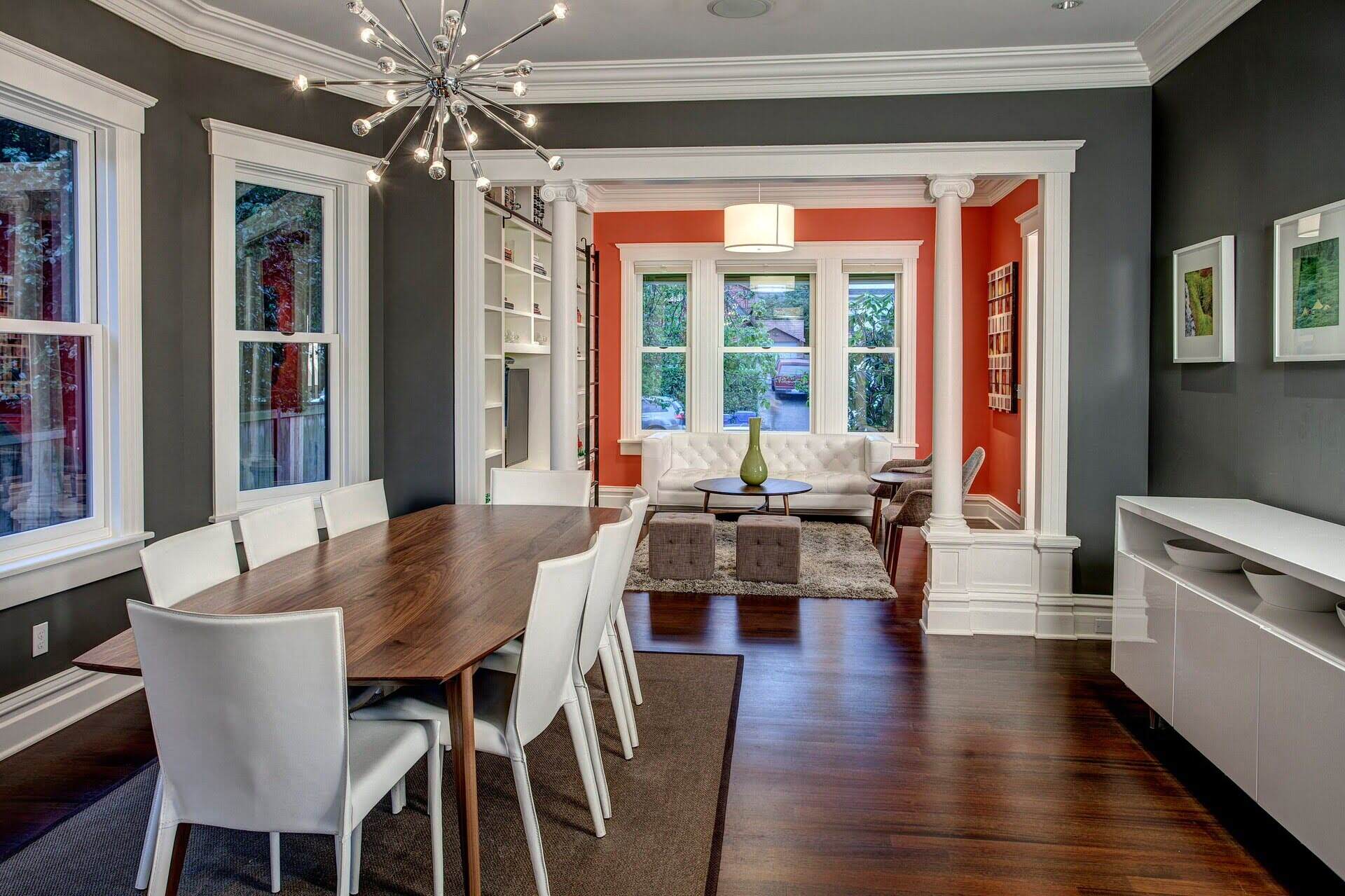
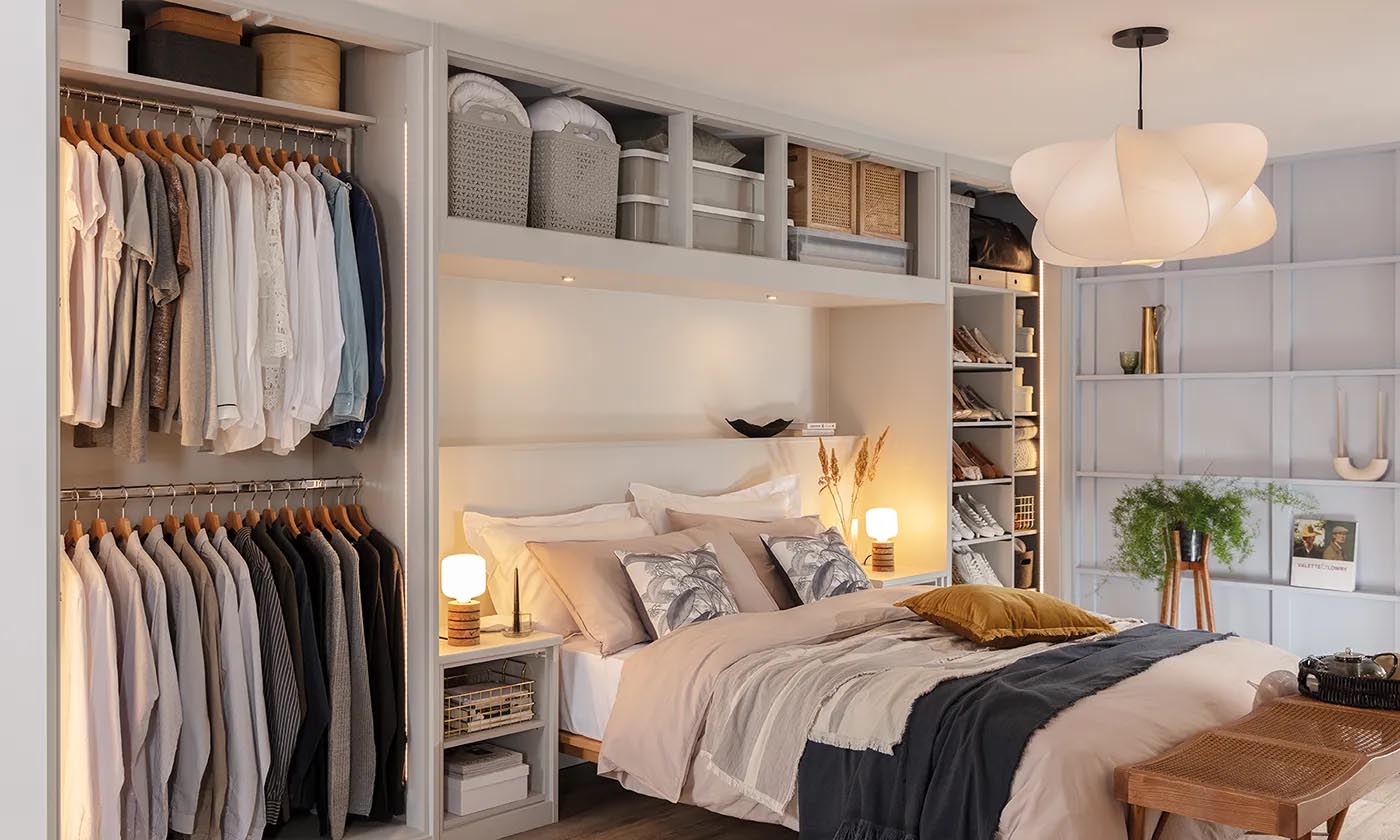
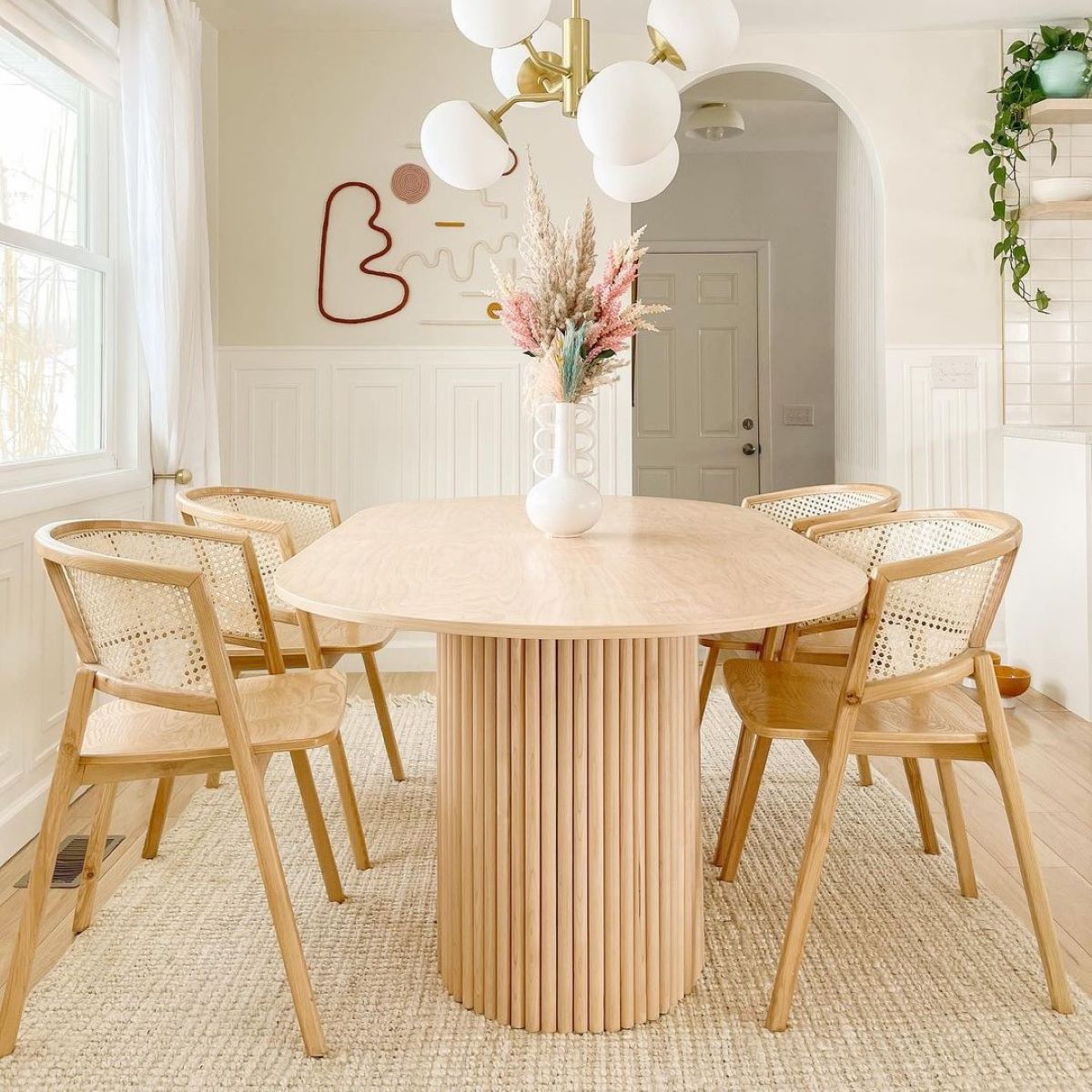

0 thoughts on “Small Dining Room Ideas: 22 Ways To Boost A Compact Diner”